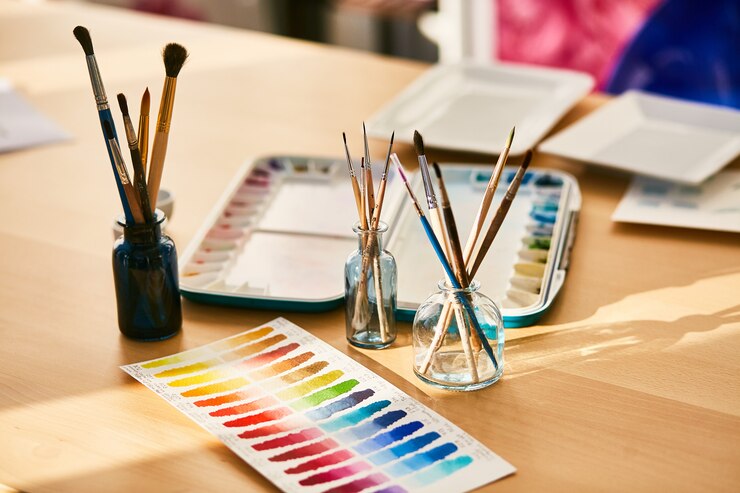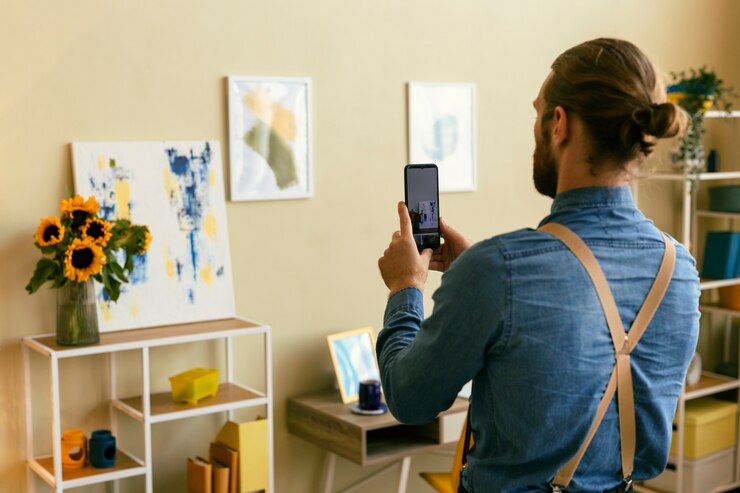Art has increasingly become a powerful tool for companies aiming Read More
Enhancing Brand Identity Through Visuals One of the main ways companies use art in branding is by incorporating visuals that resonate with their target audience. From logos and product packaging to advertisements, art plays a significant role in shaping how consumers perceive a brand. For instance, companies often collaborate with artists or designers to create unique and visually striking campaigns that capture attention and leave a lasting impression. These collaborations not only boost the brand’s visibility but also enhance its identity by conveying a particular style, mood, or message that aligns with its values. Creating Emotional Connections Incorporating art in branding also helps companies create emotional connections with their customers. Art has the power to evoke feelings and tell stories, which can translate into a more meaningful consumer experience. When a brand uses artistic elements that resonate emotionally, it becomes more memorable and relatable to the audience. This is particularly important for companies looking to differentiate themselves in saturated markets where emotional appeal can make a significant difference. Brands that understand the emotional impact of art can build loyal customer bases by making their products or services feel more personal and engaging. Art in Corporate Environments The use of art in branding is not limited to external marketing campaigns; it can also enhance the internal environment of a company. Many businesses curate corporate art collections or commission artists to create works for their office spaces. This not only improves the aesthetic appeal of the workplace but also reinforces the brand’s commitment to creativity and innovation. Employees and visitors alike are impacted by the art around them, creating a more inspiring and productive atmosphere. By aligning their physical spaces with their artistic brand identity, companies reinforce their core values from the inside out. Additionally, art-driven branding can be particularly effective in industries where visual appeal plays a critical role, such as fashion, technology, and luxury goods. These companies often rely on high-end designs and artistic collaborations to elevate their products and create a sense of exclusivity. By leveraging art in branding, they can communicate sophistication, innovation, or creativity, further enhancing the consumer experience. This approach not only strengthens the brand’s image but also adds a layer of authenticity that can resonate with art-conscious consumers who value aesthetics as part of their purchasing decisions. In conclusion, art in branding is a versatile and impactful strategy that allows companies to enhance their identity and improve consumer experience. Through visual appeal, emotional engagement, and the integration of artistic elements in both internal and external spaces, businesses can differentiate themselves in the market. As more companies recognize the value of art in shaping perceptions and creating connections, the use of artistic elements in branding is likely to become an even more significant trend in the future.




